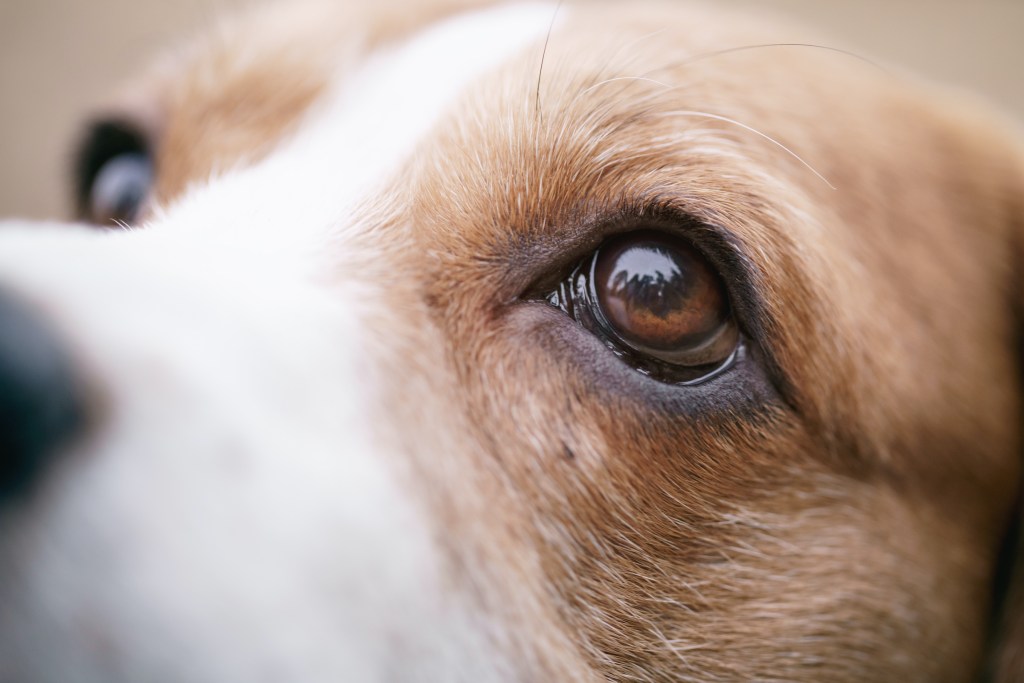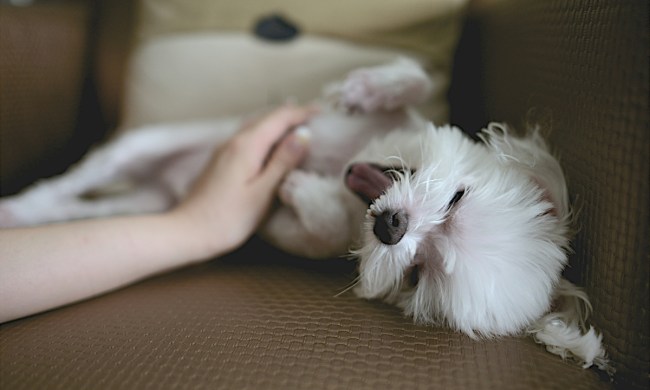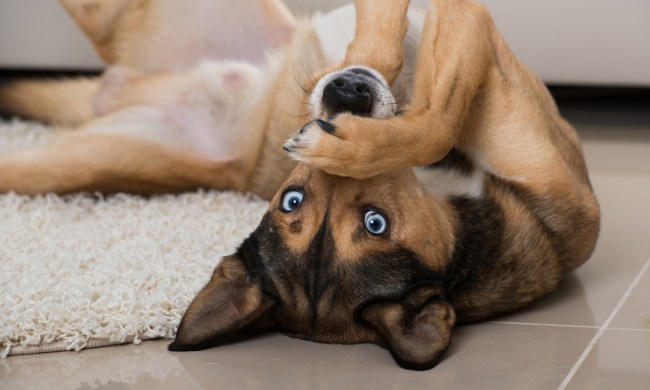The idea that dogs see in black and white might be as outdated as black-and-white movies. Although this concept has gained traction since Will Judy – publisher of Dog Week magazine – introduced it in 1937, recent research has proven that this is not in fact the case. So, are dogs color-blind? What exactly do they see?
Canine visual receptors can pick up on a lot more than you may think, even though dog vision is totally different from what we’re used to seeing every day. Still, your dog is more than able to keep up with daily activities, so don’t worry that your fur baby is missing out! What people consider color blindness is totally normal to your pet – it’s just different.
Ready to learn more? We’ll not only explain what your dog sees every day but will also give you a quick anatomy lesson to help you understand how color perception works. You just may be surprised.
Are dogs color-blind?
While, technically, dogs are color-blind, they don’t see in black and white like we may have thought. Veterinarian Danel Grimmett explains that canines are color-blind in the human sense of the word, meaning that their color receptors are much more limited than a person’s but are still functional.
Both human and canine eyes contain light receptors known as rods and cones. These cells help distinguish shapes, light, and even color in the retina before sending signals to the brain to be interpreted. Human eyes contain three types of cones, which contribute to advanced color recognition, whereas dog eyes contain only two, according to VCA Hospitals. This gives pups the ability to see some shades and hues, though they can’t see every shade of the rainbow.
What colors can dogs see?
Since each cone in the eye recognizes a certain type of color, canine vision is a lot like that of a red-green color-blind person. Dogs are missing the red-green cone in their retina, notes Dr. Grimmett, which results in a largely blue, yellow, and gray world. So, yes, your pup can see the difference between a clear and cloudy sky!
Dog Vision, an online image processing tool created by András Péter, demonstrates the differences between human and canine vision using images the user can upload themselves. This site explains how dogs perceive red, yellow, and green as one hue, while blue and purple are a second color. Cyan and magenta are perceived as neutral gray.
It also shows a side-by-side comparison of the visible color scale for pups and people, which – as you now know – is mostly yellow and blue. This website is the perfect tool if you’ve ever wondered what you look like to your dog!

What colors can’t dogs see?
Since dogs are missing their red-green color-receiving cones, these colors are absent from their field of vision. Instead, your pup sees everything in a more limited number of shades, some of which mightnot be as bright, according to the American Kennel Club. Dr. Grimmett gives these great examples: for dogs, green grass will likely look brown, while a purple toy will appear mainly blue.
The American Kennel Club also notes that, because dogs can distinguish yellow and blue from green (which can look gray to slightly yellow to pups) they may prefer yellow and blue toys over toys of other colors. Tennis balls for the win!

Do dogs know they are color-blind?
Since pups can see shades of yellow, blue, and neutrals, their world is easy enough to navigate. Sure, a red toy may get lost every now and then, or maybe your fur baby can’t tell the difference between two different balls, but their lack of red-green reception does not get in the way of a dog’s daily life. They don’t know the difference!
Even though your furry friend’s vision may be more limited than yours, you don’t need to worry or feel bad for your pet. Remember, their sense of hearing and smell are unbelievably more powerful than yours, so what their eyes can’t see their nose certainly can! Dogs are incredibly adaptable, too, so a little difference in color shouldn’t affect their happiness at all. Knowing this, you can appreciate the difference!



